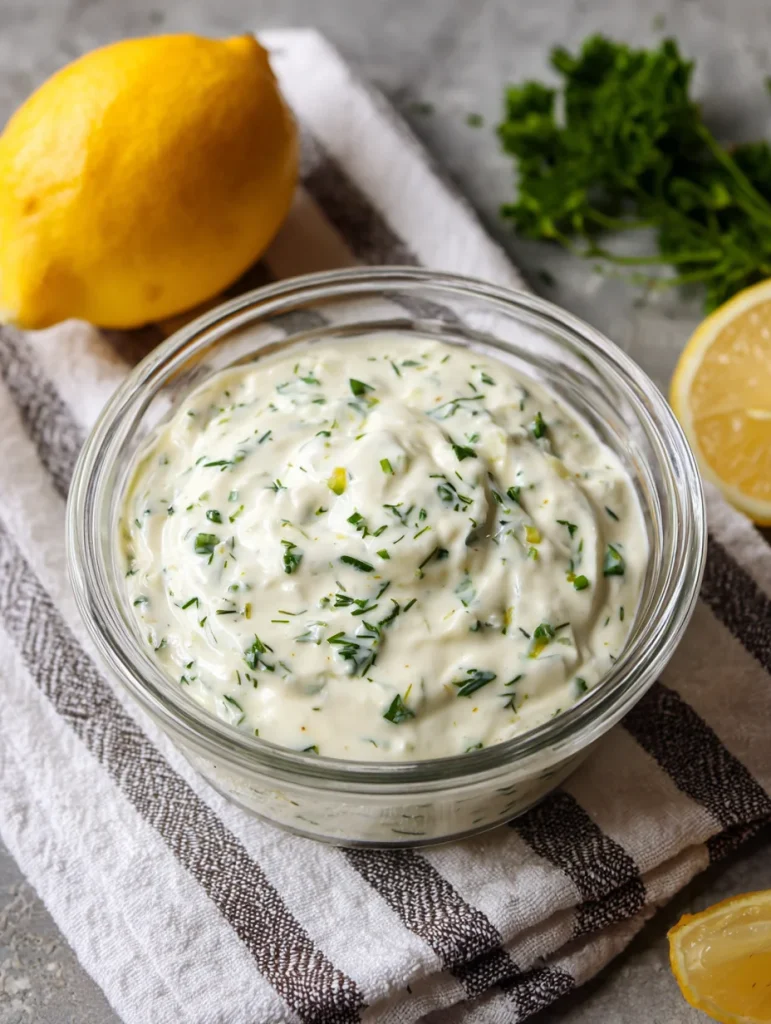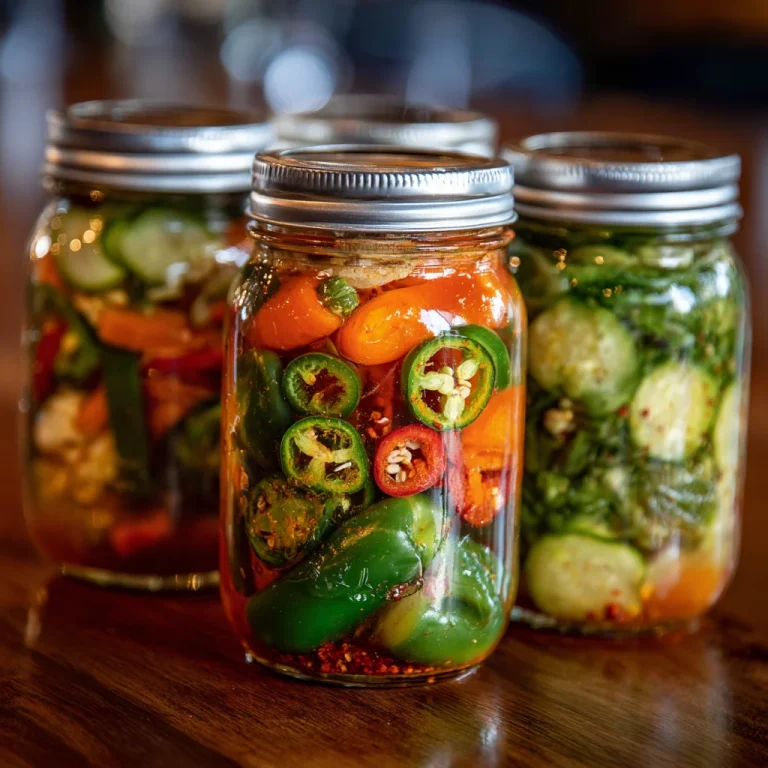Homemade Tartar Sauce Recipe (So Much Better Than Store-Bought)
If you’ve ever had crispy fish fillets or golden fries without tartar sauce… well, you probably felt like something was missing. That cool, creamy, tangy spoonful on the side? It just pulls the whole plate together. And while the store-bought bottles work in a pinch, homemade tartar sauce is on another level—fresher, brighter, and honestly, way easier to make than most people expect.
Let’s walk through how to whip up a batch that’ll make you skip the jar aisle next time. It’s quick, customizable, and perfect for seafood nights, burgers, or even roasted veggies if you’re feeling a little extra.

Ingredients You’ll Need
Here’s what you’ll need to make classic, creamy tartar sauce:
- 1 cup mayonnaise (full-fat for best texture)
- 2 tablespoons finely chopped dill pickles or cornichons
- 1 tablespoon fresh lemon juice
- 1 teaspoon Dijon mustard
- 1 tablespoon capers (rinsed and chopped)
- 1 tablespoon chopped fresh parsley or dill (optional but lovely)
- Salt and black pepper to taste
That’s it—just pantry staples and a little chopping. You can tweak based on taste too (we’ll talk about that in a second).
How to Make Tartar Sauce (Step-by-Step)
1. Combine the Base
In a medium-sized bowl, add the mayonnaise, mustard, and lemon juice. Whisk it gently until smooth. You’re building the creamy base here.
2. Fold in the Flavor
Add the pickles, capers, and herbs. Stir everything together until it’s well mixed. Taste and adjust seasoning—maybe a little more lemon if you like it zingier.
3. Chill
Let it sit in the fridge for at least 30 minutes if you’ve got the time. This lets all the flavors come together. But hey, if you’re in a rush, go ahead and serve—it’ll still be tasty.
That’s literally it. Done in under 10 minutes.
Time & Serving Info
- Prep time: 10 minutes
- Chill time (optional): 30 minutes
- Total time: ~10–40 minutes
- Yields: About 1¼ cups (roughly 10 servings)
Kitchen Tools You’ll Need
- Small mixing bowl
- Whisk or spoon
- Knife and cutting board
- Airtight container (for storage)
Extra Tips to Make It Perfect
- Pickles matter: Go for dill over sweet pickles unless you like a sweeter sauce.
- Mayo quality shows: Use a good brand—it really affects flavor.
- Don’t skip the acid: Lemon juice brightens the entire sauce.
- Add-ins? A touch of hot sauce or minced shallots can add depth.
- Texture tip: Finely chop everything—big chunks can make the sauce clunky.
How to Serve Tartar Sauce
Tartar sauce is practically married to seafood, but its uses go way beyond fish and chips:
- Crispy fish sandwiches
- Crab cakes or fish tacos
- Fried shrimp or calamari
- Roasted potatoes or fries
- Chicken tenders (surprisingly good!)
- Even as a burger spread
It adds a creamy tangy layer that balances out rich or fried foods.

Storage Tips
Refrigerator:
Store in an airtight jar or container. It’ll last for up to 7 days in the fridge. Stir before serving each time.
Freezing?
Not a good idea. Mayo-based sauces don’t freeze well—they tend to separate and get weirdly watery when thawed.
Nutrition Breakdown (Per Serving – ~2 tablespoons)
Approximate values based on standard ingredients.
- Calories: 100
- Fat: 11g
- Saturated fat: 1.5g
- Carbohydrates: 1g
- Protein: <1g
- Sugar: <1g
- Sodium: 150mg
Recipe Notes
- Don’t like capers? Leave them out or sub with more pickles.
- Want a lighter version? Try using half mayo and half Greek yogurt.
- You can double this recipe for a party or cookout—it’s great on the buffet table with fish bites or veggie fritters.
FAQs About Tartar Sauce

Conclusion
If you’ve never made your own tartar sauce, now’s the time. It’s easy, quick, and adds that perfect zingy-creamy bite to so many dishes. Once you try it homemade, it’s honestly hard to go back.







